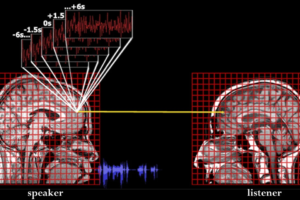Introduction:
Optical Illusions are very interesting in how they trick your eyes. In a previous blog, it was shown how colors can appear deceiving to the eyes due to color constancy. But there are other illusions out there, not just color ones!
Swirl Illusions:

Swirl illusions employ the use of black and white spiral patterns that seem to be infinitely swirling into a single point. This was commonly referred to in movies as “hypnosis”. In reality, however, these spiral patterns can confuse your sensory input to make you think you are doing something even when you are not. (e.g. falling, floating, etc.) There are a few stages of this illusion and how it affects your eyes.
Stage 1:
This is when you start to see the image for the first time and focus on the specified spot. The pattern continues to swirl, but no major changes appear.
Stage 2:
About 10-15 seconds after starting to stare at the specified spot, your eyes may become watery and you may feel the urge to blink, which can be done without ruining the illusion. You may start to hallucinate light waves at the edges of your vision, but there is no dramatic change as of yet.
Stage 3:
About 25 seconds after starting to stare, your eyes are no longer watery, but there is significant distortion to your peripheral field of vision, your eyes may tingle a bit. However, the spot in which you are staring will appear unchanged. At this point, if you were to close your eyes and hold them shut for a few seconds, it may look like you are in some sort of otherworldly place, as there is a haze of what appears to be light, inside your eyelids. While this is not real and is all caused by the illusion, it is harmless and looks fascinating. It will require you to restart the staring though.
Stage 4:
About 30-60 seconds after starting to stare, you feel no discomfort in your eyes, and everything, including the spot in which you are starting, becomes heavily distorted. At this point, the illusion is complete, and you can look around. Upon looking around, especially downward, you may notice that everything seems to be moving. Notably, everything seems to be getting further away from you. This is caused by the sudden change from the swirling pattern that your eye is used to, to a sudden stillness. An analogy to this is dizziness caused after you spin in place for some time. If you were to spin in place 10 times, then stop, it would still appear you are spinning even after you have stopped. This memory effect is what causes these illusions of floating or moving objects.
Conclusion:
Optical illusions are interesting due to their ability to trick the eye and the mind! A hypothesis that tries to explain why visual illusions occur indicates that our visual system evolves to interpret 3D scenes using simplified models in our brain, which leads to illusions in certain unusual situations.






Most Commented Posts